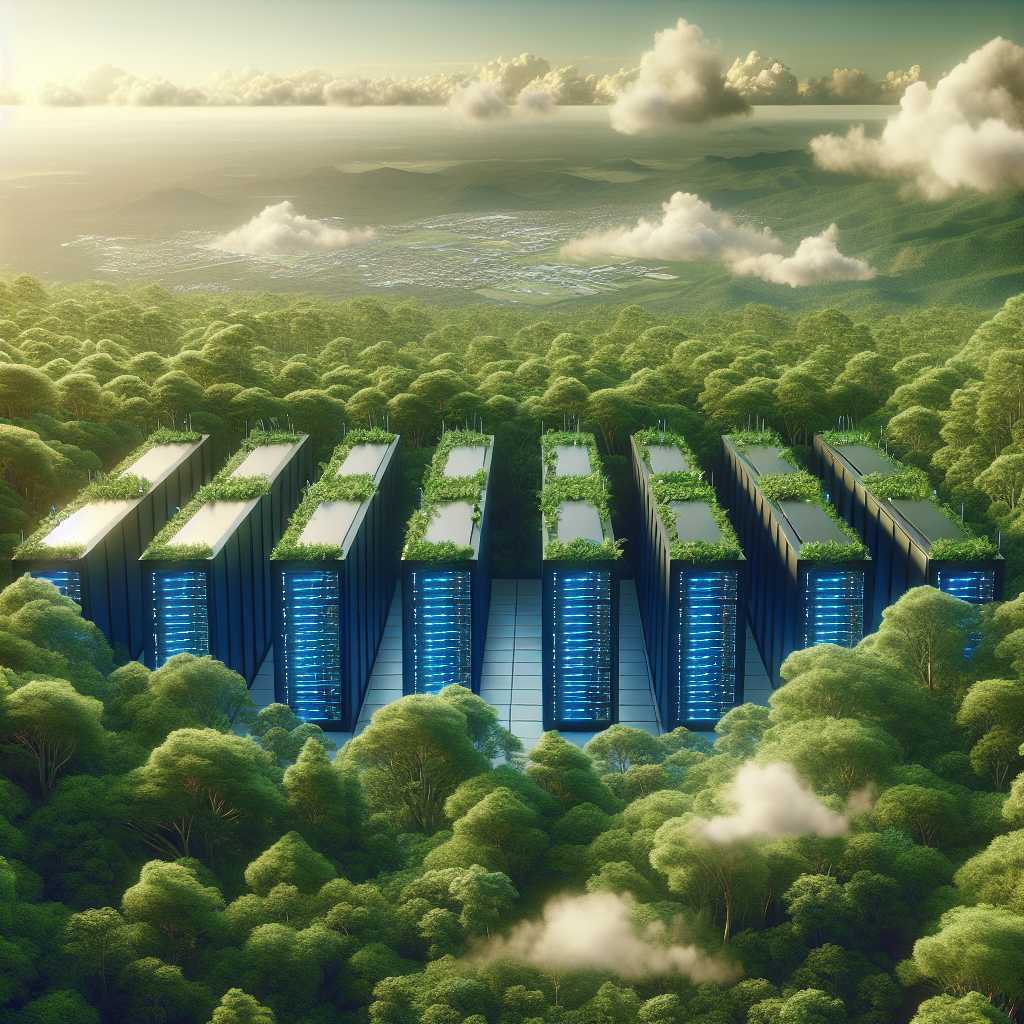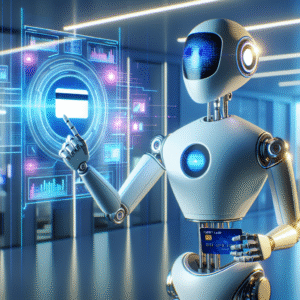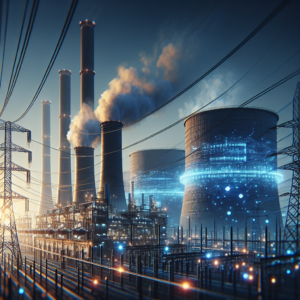Explained: Generative AI’s Environmental Impact
As we delve into the realm of technology, one of the most profound developments in recent years is the emergence of Generative AI. This transformative technology has made significant waves across various sectors, from art and entertainment to healthcare and finance. However, while the advancements in Generative AI promise to reshape our world, they also raise critical questions about their environmental impact. In this article, we will explore the multifaceted aspects of this issue, shedding light on the energy consumption, resource utilization, and potential solutions to mitigate the carbon footprint of Generative AI systems.
The Energy Demand of Generative AI
Generative AI refers to algorithms capable of creating content, be it images, text, or sound. These models, particularly deep learning neural networks, require substantial computational power. The training process for these models involves handling vast datasets, which in turn requires an immense amount of energy. A study conducted by researchers at MIT highlights that the energy consumption associated with training large-scale models could rival that of an entire country.
Understanding the Computational Costs
The computational costs can be startling. For example, training a single deep learning model may emit as much carbon as the lifetime emissions of five cars. This is largely due to the prevalence of data centers powered by fossil fuels. Consequently, the rapid adoption of Generative AI technologies could accelerate the pace of climate change if left unchecked.
Factors Influencing Energy Consumption
Several factors contribute to the high energy demand of Generative AI systems:
1. Model Size: Larger models with more parameters require exponentially more computational resources, leading to higher energy consumption.
2. Training Duration: The longer a model takes to train, the more energy it will consume. Many Generative AI models take weeks to train, often using thousands of GPUs running in parallel.
3. Data Center Efficiency: The energy efficiency of data centers varies significantly. Older, less efficient facilities consume more power than modern, optimized centers.
4. Hardware Utilization: The choice of hardware also impacts energy consumption. High-performance computing systems can reduce training time but may also consume large amounts of energy.
Environmental Consequences
The environmental ramifications of Generative AI extend beyond energy consumption. The direct implications include:
Carbon Emissions
As previously mentioned, the carbon emissions resulting from extensive energy use can contribute to global warming. The reliance on fossil fuels in many data centers exacerbates this issue. The AI community must consider the carbon footprint of their models, particularly as they scale up operations.
Resource Depletion
The production of hardware necessary for AI computations also poses environmental challenges. Mining for metals and minerals used in computer chips can lead to habitat destruction, soil degradation, and water pollution. Furthermore, the lifecycle of electronic waste is a persistent issue that impacts our environment.
Water Usage
Data centers not only consume electricity; they also require significant amounts of water for cooling purposes. As these facilities proliferate, they can strain local water resources, leading to ecological imbalances.
Addressing the Challenges
Understanding the environmental impact of Generative AI is crucial, but it is equally important to explore potential solutions and mitigation strategies:
Efficiency Improvements
Research into more efficient algorithms can significantly reduce the computational demands of Generative AI models. Techniques such as model distillation and sparsity allow for the creation of smaller, lighter models that retain performance while reducing energy consumption.
Renewable Energy Sources
Transitioning data centers to renewable energy sources is a viable solution to mitigate the carbon footprint of Generative AI. Companies like Google and Microsoft are already implementing this shift, aiming for carbon neutrality. By leveraging solar, wind, and hydroelectric power, data centers can significantly reduce their environmental impact.
Regulatory Frameworks
Governments and regulatory bodies can play a pivotal role in promoting sustainable practices within the AI sector. Establishing guidelines for energy consumption, emissions reporting, and resource utilization can encourage companies to adopt more eco-friendly practices.
Public Awareness and Education
Educating developers, researchers, and the general public about the environmental impact of Generative AI is essential. Greater awareness can lead to more conscientious decisions regarding model development and deployment.
The Future of Generative AI and Sustainability
As Generative AI continues to evolve, its promise comes with a responsibility to mitigate its environmental impact. The future will require a collaborative approach, with industry leaders, researchers, and policymakers working together to create sustainable solutions. Innovations in technology must align with environmental stewardship to foster a balance between advancement and responsibility.
Final Thoughts
In conclusion, while Generative AI holds the potential to revolutionize various industries, it is imperative to address its environmental implications. By improving energy efficiency, utilizing renewable resources, and fostering regulatory frameworks, we can reduce the carbon footprint of this transformative technology. The challenge is formidable, but with collective action and a commitment to sustainability, it is possible to harness the benefits of Generative AI while protecting our planet for future generations.
As we move forward, let us aim for innovation that respects not only human creativity but also the delicate balance of our ecosystem. The journey toward sustainable Generative AI is just beginning, and the choices we make today will shape the future of technology and the environment.



